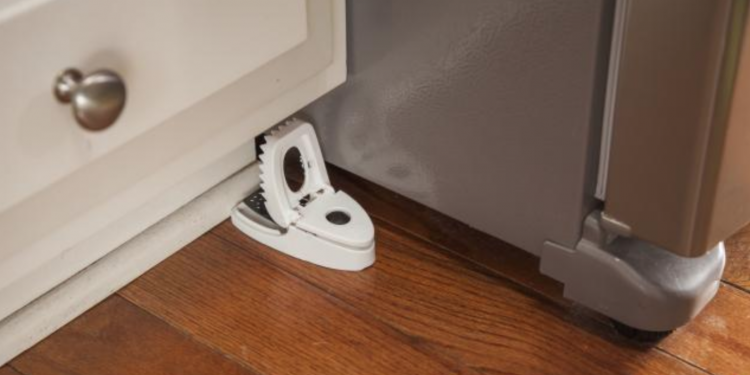Implement these three steps and get rid of mice in your home for good.
Mice infestation is no walk in the park, as every homeowner who has ever suffered from it can attest to. These rodents aren’t just annoying – and, if you have a fear of rodents, anxiety-inducing – but they also bring diseases with them, such as leptospirosis, and cause damage to property. They are widely considered as pests for these reasons and, like all pests, they are unwelcome.
But getting rid of them can be a challenge for many reasons, sadly. A single mice can produce more than a hundred mice in a year and the offspring will also produce litters of their own, and so on and so forth. Even when you regularly place mousetraps and baits, you may be unable to completely eliminate them from your home!
The possible reason: You’re not adopting a three-step process in mice elimination. You may just be placing mousetraps and rat poison, for example, but you’re not sealing off entry points. You may also be sealing off entry points but you’re still giving mice food and shelter.
You should then adopt a wholistic approach in mice elimination! Each of the following three steps are crucial in addressing mice infestation and preventing its recurrence. Take one out of the picture and even your best efforts in implementing the other two will be for nothing.
#1 Seal Off
Rodents like mice and rats don’t need an open door to come into your home. Mice can squeeze through nickel-sized gaps while rats can enter through holes the size of half a dollar. They can even bend their bodies such that they can squeeze through the tightest corners.
Once you determine that, indeed, there’s mice infestation in your home, your first step should be sealing off the cracks, gaps and holes where rodents can enter. You should avoid placing mousetraps with bait alongside the walls and baseboards, among other places, since these will be less effective.
Mice and rodents will still come into your home because their entry points are still wide open. No matter the number of times you set traps and the number of traps you set, your efforts will be in vain. These rodents will keep coming back so much so that you may as well lay out the welcome mat.
The most common places where gaps, holes and cracks can be found are:
- The kitchen cabinets as well as the stove and refrigerator; look under, inside and behind these places
- Inside closets particularly near the corners
- Around doors, pipes under the washing machine and sinks, fireplace, floor vents and dryer vents, and pipes for furnaces and hot water
- Inside the basement, crawl space and attic
- Inside the laundry room floor drains
- Between the juncture of the wall and floor
- In the roof particularly in the gables, eaves and rafters
- Around windows, doors and the foundation
- Around the holes where the utility lines pass through
The search for these entry points should be as exhaustive as possible and, thus, it can be slightly exhausting. But it’s a vital step in mice elimination for many reasons.
You will have an easier time catching mice with mousetraps since they don’t have entry/exit points anymore. You will be dealing with progressively lesser number of mice since little to no mice are entering through these points, too.
#2 Clean Up
Mice and rats are likely attracted to your home because it presents numerous opportunities to source their food and shelter materials. These include food crumbs, boxed food and cotton, among other things that we take for granted yet can represent survival for these rodents.
Your second step after sealing off the entry points and placing the traps is to clean your home, as clean as you possibly make it. Be sure to remove clutter where they can build nests as well as adopt these methods to cut off their food supply.
- Keep food in metal containers or thick plastic containers with tight lids.
- Clean up spilled food and drinks immediately.
- Wash the dishes so that there are no dirty dishes on the sink, especially at night.
- Keep trash bins covered and bird feeders away from your home.
- Dispose of the trash properly and promptly.
#3 Decontaminate
You may have to decontaminate beddings, clothes and stuffed animals, even upholstered furniture and furnishings, which rats and mice have defecated, urinated or built nests on. Again, it can be exhausting work but it’s a must for your health and safety.
Washing clothes, beddings and stuffed animals in detergent and hot water should suffice. Be sure to use disposable gloves, preferably latex or rubber, when handling contaminated items. Then, machine-dry on high setting although you can also let them air dry under the sun.
As for upholstered furniture, rugs and carpets, you should use a commercial steam cleaner followed by a commercial disinfectant. You may also just hire professional steam cleaners for this task.
When you’re done with these three steps, you will find that the mice infestation issue isn’t an issue anymore. You have to remain vigilant, of course, but that’s the battle won already.







